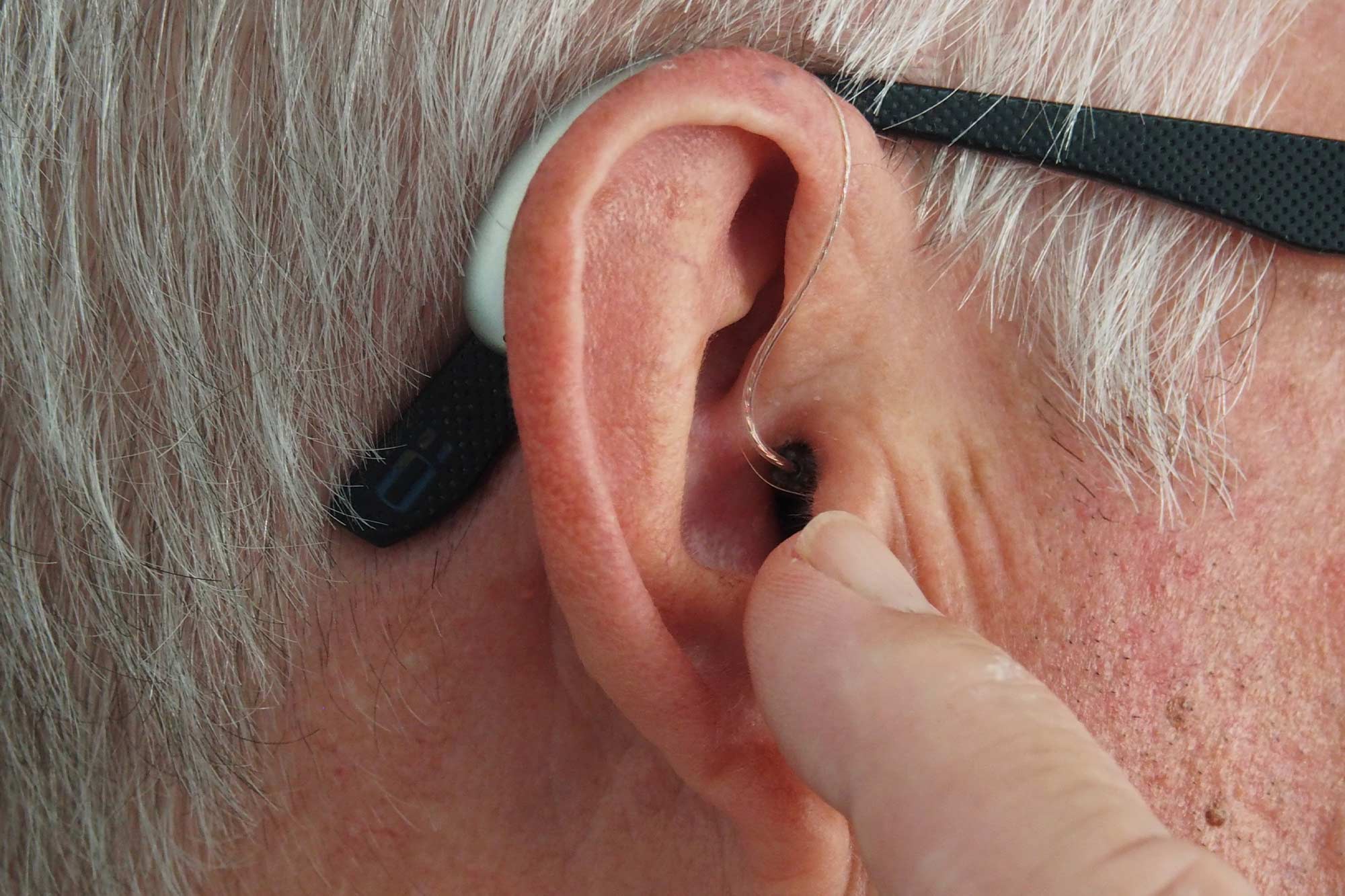Researchers have known for decades that playing music regularly can change brain structure and aid neuroplasticity, but until 2019, no one had specifically examined drumming. However, the coordination of the movements of the drummer is much better than that of ordinary people, because they are able to perform fine motor tasks with all their limbs at the same time and can play different rhythms with both hands. Therefore, the researchers 20 professional drummer been testedwho have been playing their instrument for an average of 17 years and have consistently practiced more than ten hours a week.
They compared brain structure and brain function to the brain function of 24 non-musicians using magnetic resonance imaging techniques. It turns out that drummers have fewer but thicker fibers between the cerebral hemispheres, which is why the flow of information between the two hemispheres is faster.
Better control after eight weeks
Drum research has continued since then, prof latest discovery A musician, not just any person, attached to his name. Clem Burke, 69, former drummer of Blondie and the Ramones, has been working on the scientific effects of drumming since 2008. He participated in experiments by voluntarily drumming for several hours, all of which proved the beneficial effects of drumming.
In the Royal Society’s latest experiment, in which Burke also played a key role, children were asked to take part in two throwing classes a week for eight weeks. It turns out that children with autism were less active and had better control over their emotions after the eighth week. Attention deficit disorder also improved, but no wonder, since then, says Burke:
Drumming is a very positive lifestyle.
Although he also admits that there are bad examples, such as The Who’s drummer Keith Moon, famous for his destructive lifestyle, or the best drummer in the world John Bonhamwho played cymbals at Led Zeppelin until he died from his “hectic” life at the age of 32.
But the physical and mental qualities of pumpkins are undeniable. After the experience, Burke said:
We have seen that children with autism can learn simple drumming exercises.
It is no coincidence that he suggested that British schools should consider teaching drumming to students with autism.
More puffing means less worry
Last year, research published in PNAS, the interdisciplinary journal of the US National Academy of Sciences, reported:
Our study proves that drumming not only reduces hyperactivity and inattention in adolescents with autism, but also strengthens functional connectivity in brain regions responsible for inhibitory regulation and action control.
Ruth Lowry, a psychologist at the University of Essex who was also involved in the drumming projects, said she had also seen changes in peer interactions: a decrease in disruptive behavior and less anxiety among the children. The brain structure and brain size of those who practiced drumming also changed. As he said:
Many connections are developed in the brain, such as mirror neurons, which subsequently mature in autism.
Mirror neurons are the neurons in the brain that can control an action or sensation, whether that is one’s own doing or something in another. They help to understand the mood of another person and empathize with him, that is, empathize.
Drumming helped the children immerse themselves in the activity, to give them maximum concentration. It’s like taking over the flow of activity – they get into the flow, Burke said. In addition, a thrower who can compete with aerobic training is very physically demanding, as a result of physical exercise, new nerve cells are created and oxygen uptake increases.
(Cover Photo: (Marian Purdy/Getty Images Hungary)












































